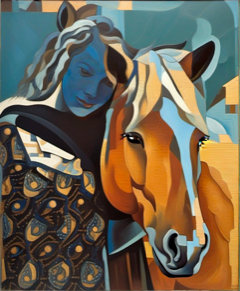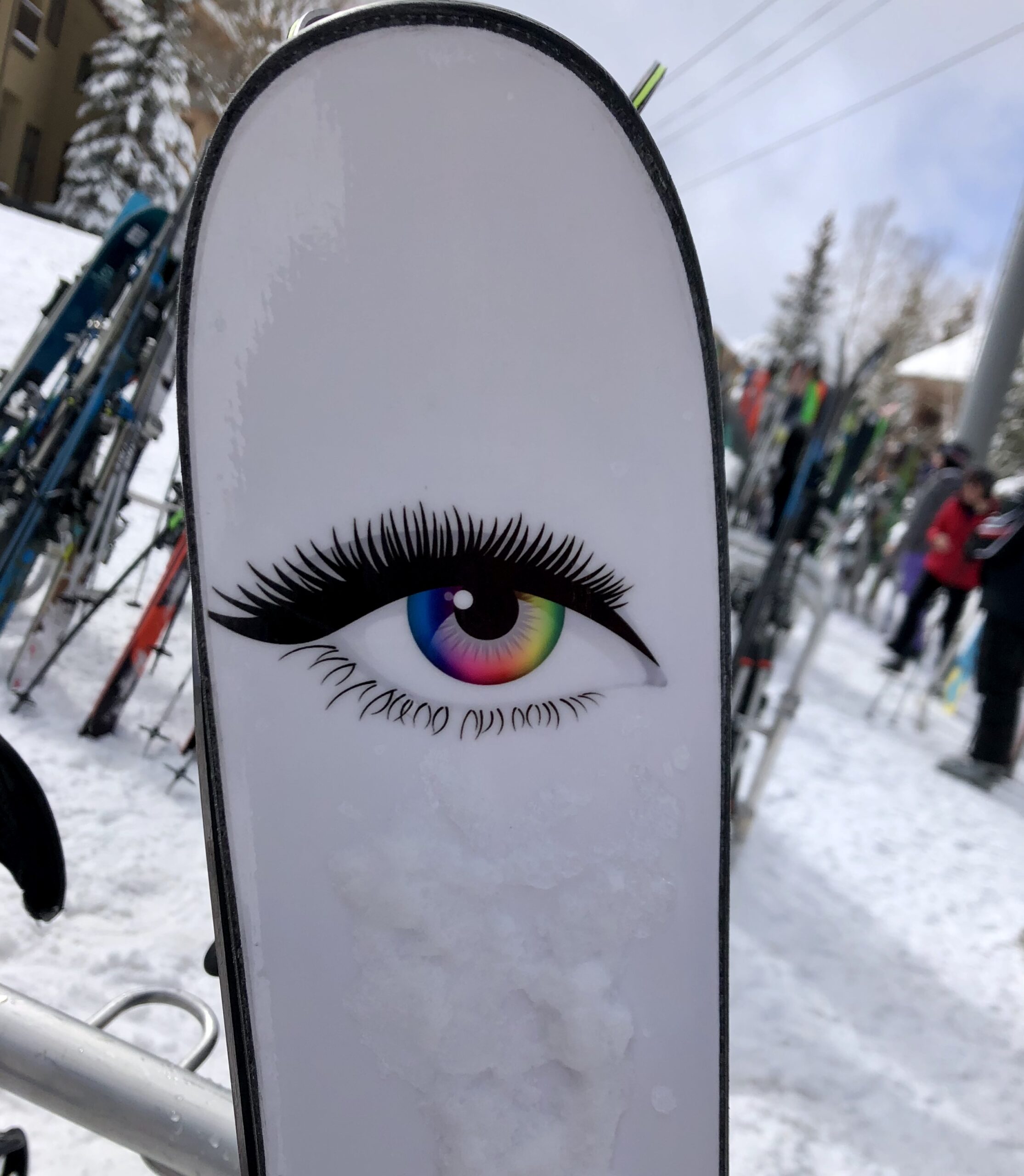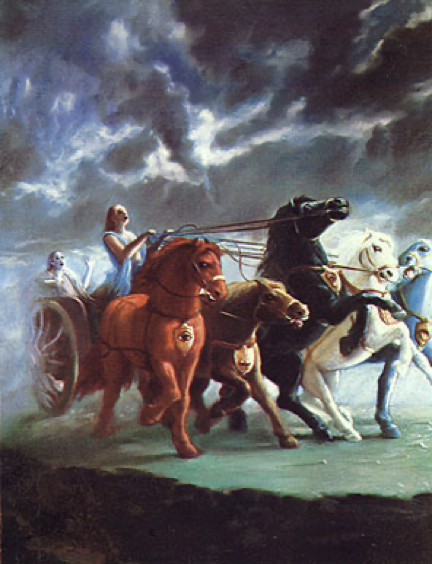Happy New Year!
In the advent of the new year we wish each other a “Happy New Year.” We want others to be happy, but what about ourselves?
Recently, I saw the funniest episode on the PBS hit series, Doc Martin. The hilariously negative, insensitive bad mannered doctor asks the proverbial and exhausting question, “why does everyone need to be happy?” Of course, if he could answer that question and stop spoiling all the smiles waiting to spread around him, there would be no show. Happily, those in the field of neuroscience have discovered simple ways to elicit happiness. Even for someone like Doc Martin, or you, or me.
Why Be Happy?
Happiness feels good for one thing. It comes in many flavors from sheer ecstasy to a quiet sense of well being. There are different types of happiness too. Like the extrinsic happiness in daily life that is ours to glean and the intrinsic happiness that we cultivate from within with yoga and meditation. Feeling good improves health and increases our tolerance threshold for pain. It keeps us young and connected to ourselves and others. It keeps us in tune with the ever-present musical pulse of life. All hardships considered, why not access some happy? After all, it can raise off the roof and open a sense of spaciousness as big as the sky. It’s that free feeling we get when we love, laugh, and dance. Why is it so hard? Why are we compelled to spend so much time in an emotional lock-down watching the world through a slit in a tower? Even when we’re not unhappy.
Negativity Bias
One reason we find ourselves in this kind of solitary confinement has to do with the brain. Neuropsychologist and meditation teacher, Dr. Rick Hanson, explains the base brain’s protective “negative bias.”
Hanson says that fear was one of most important instincts of ancient neural circuitry, “it kept us alive.” In Hanson’s book, “Buddha’s Brain,” he elaborates on the nervous system and how it was designed to react more intensely to negative stimuli than to the positive ones. Since the hyper vigilance of fear sometimes meant “living another day,” positive feelings were secondary.
The the habit of the paleomammalian brain’s amygdala is that it still uses most of its neurons to look for bad news. It further reenforces those perceptions in memory storages that don’t distinguish between the real and imagined. All of it gets filed under fight, flight, or freeze. A regular life-saver a million years ago, but how does this work for us now? Here’s an example: Say, your roommate Bob stole fifty bucks from you ten years ago. At the time, you were worried you couldn’t pay your rent. Since then, you haven’t seen Bob, but yesterday you passed a billboard reading “Bob” in bold letters and you went into a rant. What did you actually see? A name on a sign or the impending danger of hardship that Bob inflicted on you ten years ago? Let’s talk about taming the amygdala with the prefrontal cortex.
Taking in the Good
The prefrontal cortex is the part of the brain we think of as the newest and most evolved. It governs intelligent thought processes, decision making, and long-term plans. It distinguishes between real and imagined threats and it’s the part of the brain that can help it help itself. According to author and neuroscientist, Dr. David Eagleman, one of the features of the prefrontal cortex is that it can assist in better impulse control, that means overriding the fear based amygdala. Negative thoughts, impulsive habits, and unnecessary agitations can be quelled simply by strengthening the prefrontal cortex.
Exercises for the Brain’s Prefrontal Cortex
Dr. Hanson’s newest book, Hardwiring Happiness, has some tips to do just that. To help us feel happier more often than not, he suggests restructuring the neural pathways of the prefrontal cortex by lingering with good experiences or “taking in the good.” He points out that when we obsess with the negative it perpetuates and intensifies more negativity. So how about doing the same in reverse? Spend more time with the good and connect those thoughts and feelings to the higher neural structures that better serve us.
Heres how:
1. Look for positive events. This can be as simple as the taste of good coffee or an unexpected compliment. When you notice something good, let yourself feel good about it. Try to do this at least a half dozen times a day. There are lots of good things going on all around you. Take opportunities to notice them.
If you feel any reluctance/resistance to feeling good, such as thinking that it’s selfish, vain, or shameful to feel pleasure, notice that. Barriers to feeling good are common and understandable, but they get in the way of the resources you need to feel better. You’re adjusting the brain for more strength, more of what’s inside to give to others, so turn your attention back to the good news.
2. Savor the experience.
Most of the time, a good experience is pretty mild. Turn up the dial and amplify it by staying with your smile for 20 or 30 seconds. Instead of getting distracted by something else, feel it in your body and your emotions.
As mentioned earlier, the longer that something is held in your awareness, the more emotionally stimulating it is and the stronger you produce it in your memory trace or memory storage.
3. Soak in the good experience and let it sink in deeply. You can use a visualization to let the experience register like a warm glow spreading throughout the body.
Little Mental Differences Add Up. Weaving positive experiences into the fabric of the brain harnesses the power to access happiness at will. Noticing the good (as well as the bad) gives us balance. The small things you do inside your mind can lead to big changes. Like the great Mahatma Gandhi once said, “World peace happens one person at a time.”
“Why does everyone need to be happy?” Because occasionally resting in the grace of its many subtle by-products such as love, tolerance, and compassion leads to a better cohesion of humankind.
To be sure, enjoy Doc Martins all-out amygdala take-over and laugh your head off, enjoy the comedy. And in the spirit of the new year, take in more of the good and feel free to Make Someone Happy.
Peace.
Marja





